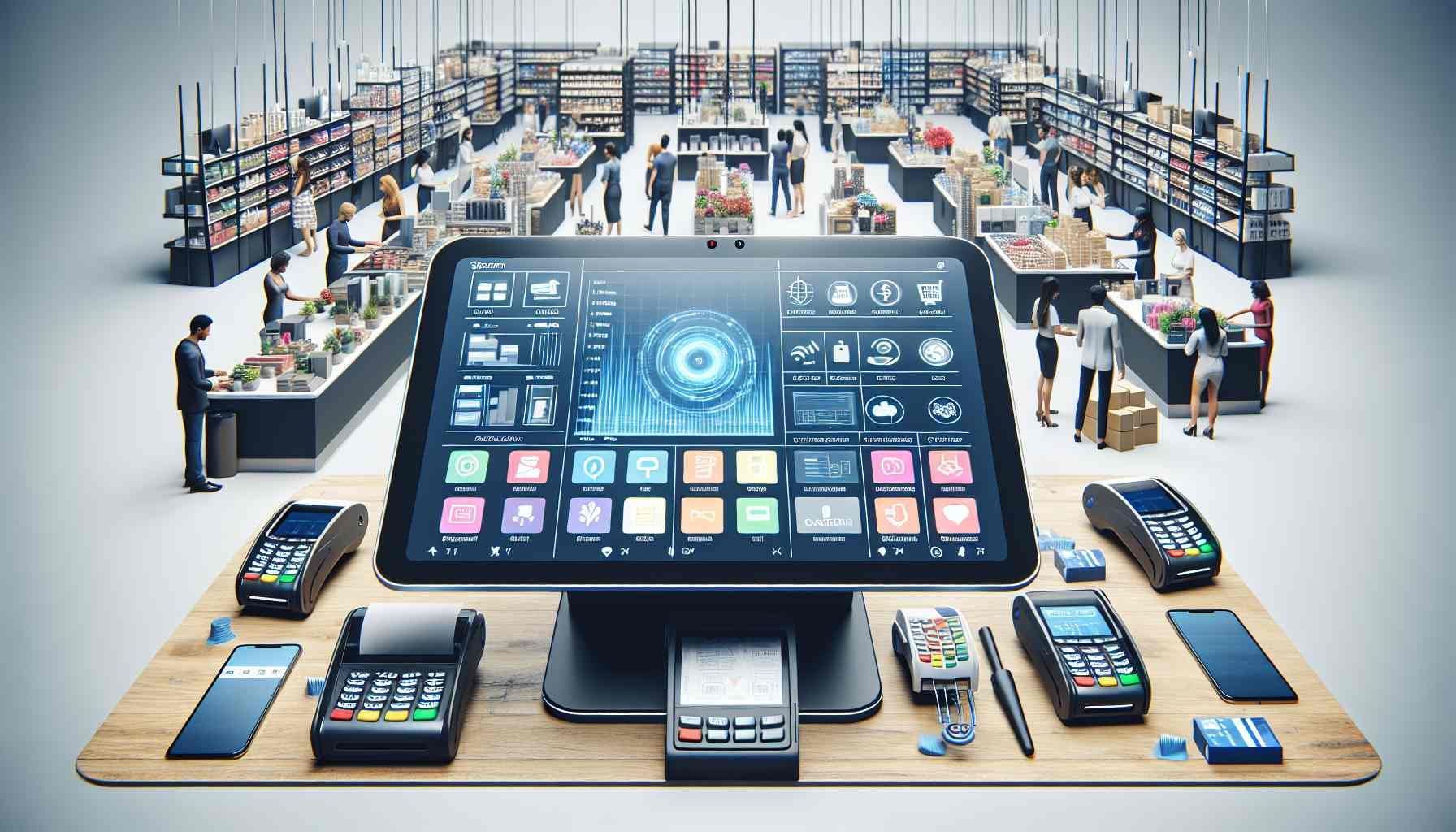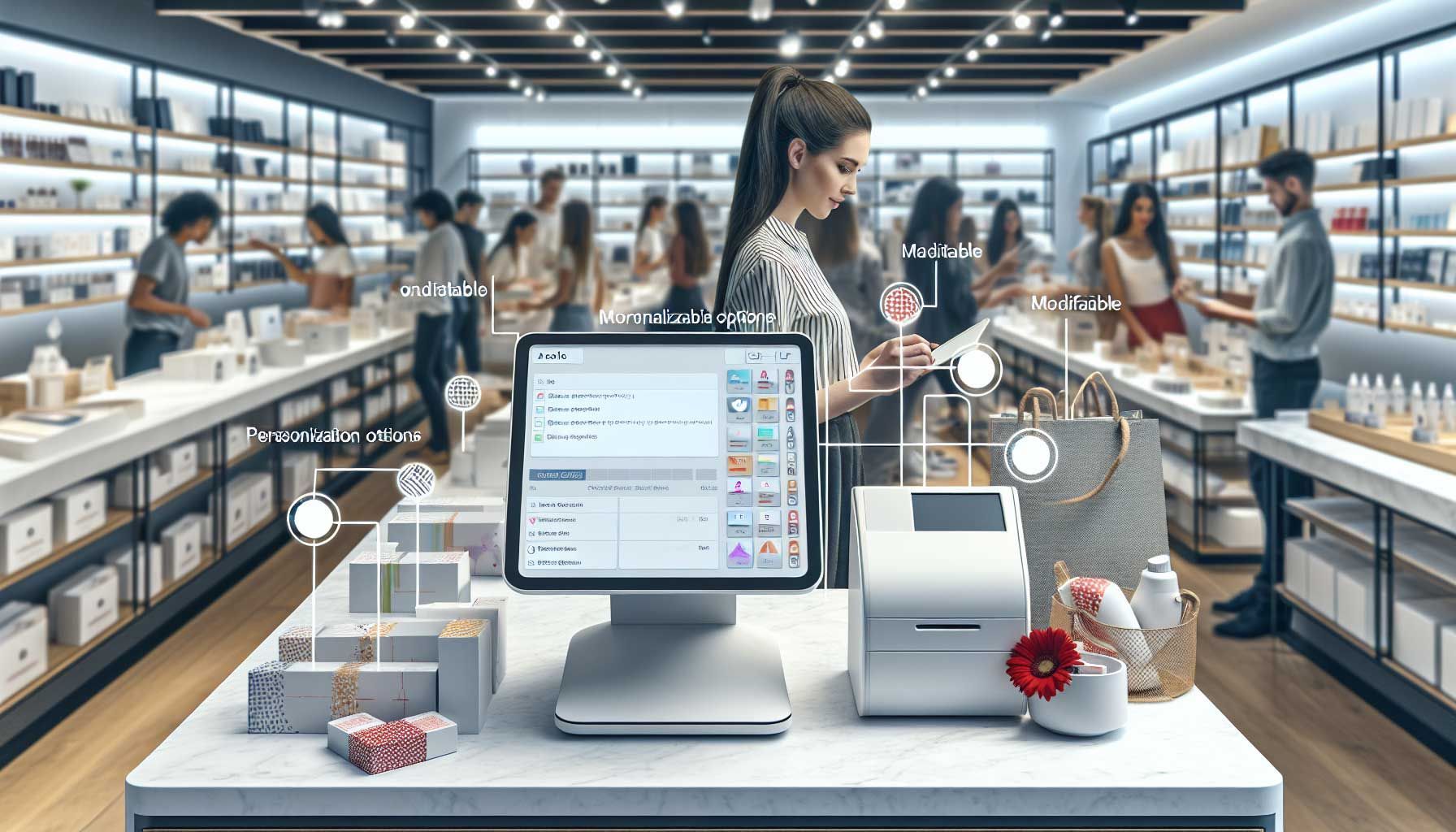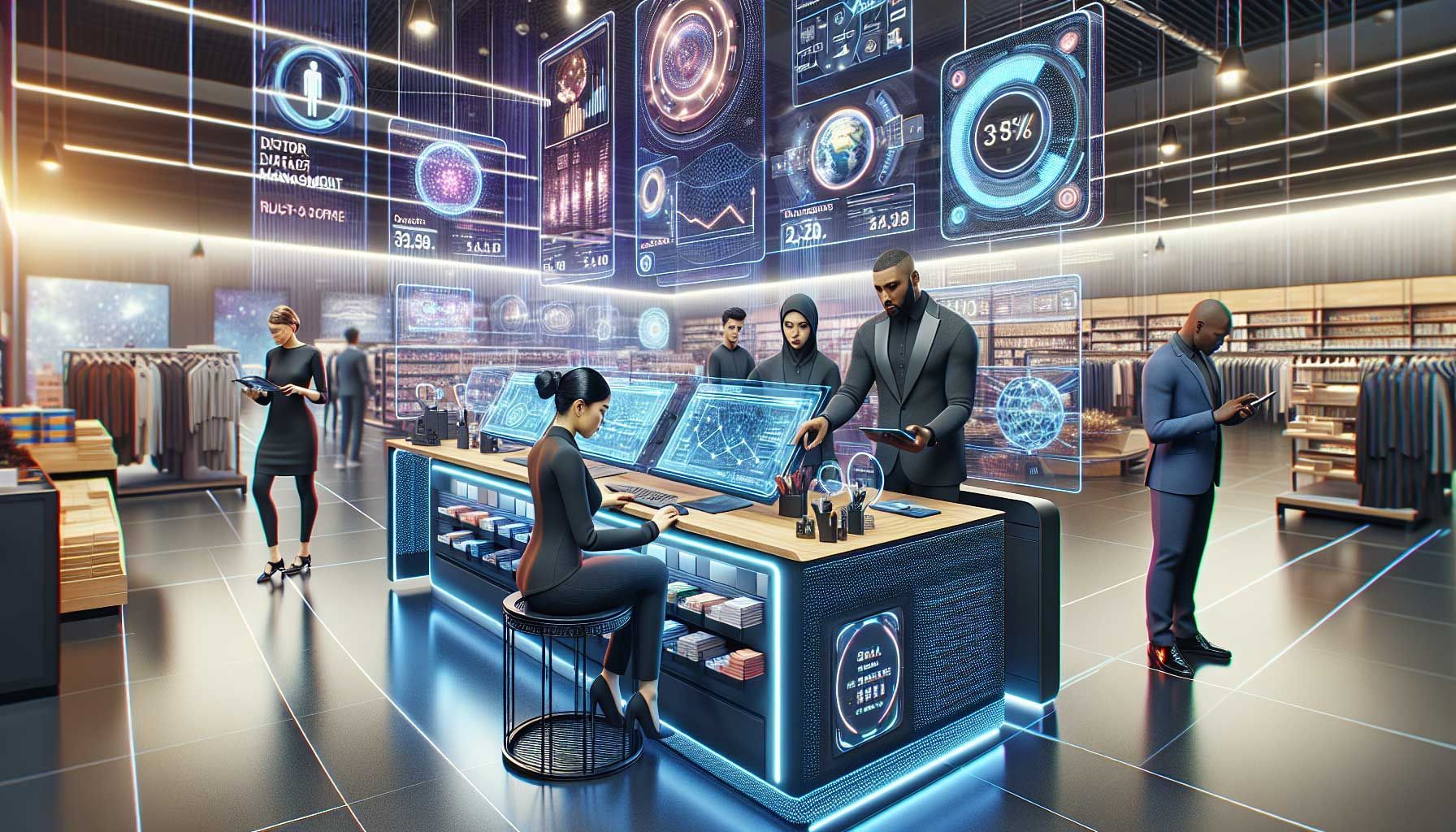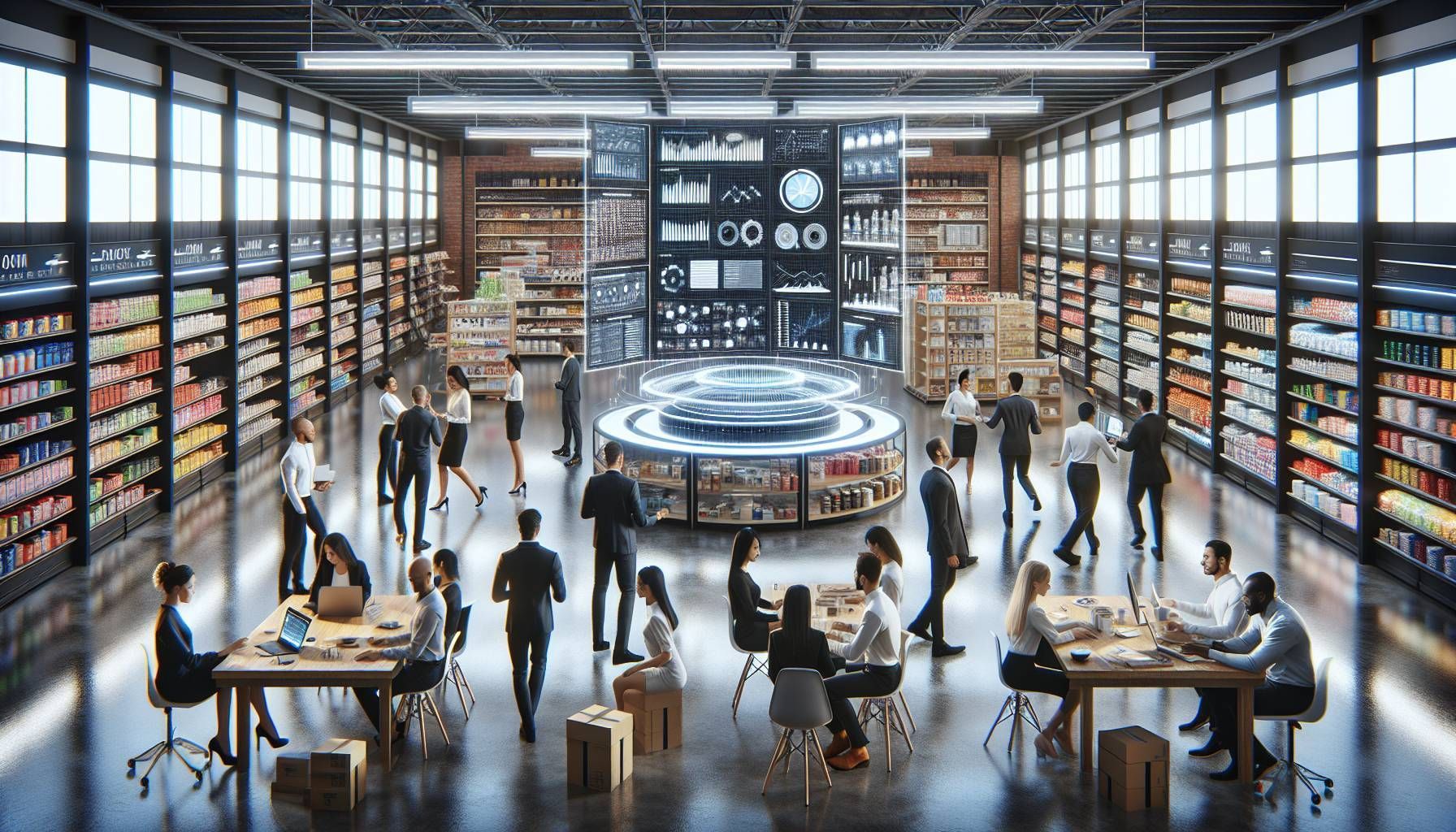The Complete Guide to Branch PIM System, Benefits and Challenges
What is a Branch PIM System?
A Branch PIM system is a software solution that helps businesses in one industry to collaborate on managing product information and content. The entire chain is involved. So it concerns a collaboration of similar companies and suppliers.
Product Information Management (PIM) is a complex task for many companies today. Therefore, this industry software gives businesses the ability to manage product information and content in an agile way, with the help of a central repository.
With a branch PIM system you share the management of general product information with others in the same industry.

Branch PIM Systems Defined for the Digital Transformation Journey
The digital transformation is in full swing. This offers many opportunities for every industry. Therefore, it is important that every company organizes its processes more efficiently to save time and reduce costs. A Branch PIM System is the fundament of the digital transformation journey. It is essential for any company’s success.
But why?
In business you have learned to do everyhing yourself at your company. Logically, because there was no technology to help. Therefore, many systems and tools are designed to make work easier at your business. However, you still have to do everything yourself.
How does an industry system compare to alternatives in the Market?
That is why it is interesting to think from the perspective of the entire industry. Product information is a challenge that every company faces. Certainly the smaller, independent companies have few possibilities to organize this properly without high costs.
For example, every retailer puts products from suppliers in his system and on his website in order to sell them, while the supplier also has this information available. By making the product information immediately available to retailers, it saves a lot of time to prepare the products for sale. For this it is important that the supplier and retailer work in the same industry PIM system.
But a central product database has more advantages than saving time. This allows companies to exchange better data with their supplier to increase sales and improve service. It can also improve the customer experience by providing businesses and consumers with consistent, personalized and relevant interactions at every touchpoint of their customer journey.
Challenges of an industry system
Before we look further at the possibilities, let's briefly review the biggest challenges of a branch PIM system.
1. The more users the better it works for everyone
2. Flexibility vs conforming to the standard
3. Network development and maintenance
1. The more users the better it works for everyone
In a value network it is important that as many companies as possible are connected. If only a few participate, the effect of collaboration is relatively low. That is why it is a challenge to get as many companies as possible to work together. In the example above, suppliers will be happy to cooperate if they know how many dealers are participating. Retailers will wonder how many suppliers will participate.
That is why the start-up phase needs extra attention to compensate for this as much as possible. Ultimately, it requires a slightly different way of working from all users. Once it starts running, there's no stopping it.
2. Flexibility vs conforming to the standard
The second challenge is making the standard. This requires users to give up flexibility. For example, if every user works in the same PIM system, you cannot meet all requirements in terms of attributes. A business may want to differentiate into different groups, while another business likes to keep it simpler.
That is why it is important to offer as much flexibility as possible in addition to the advantage of one standard to save time. You can solve this in a network by not sharing all product information. For example, prices and categories may differ per company.
So make sure that this can be unique per company. In addition, you can offer companies the opportunity to make a suggestion of a product. You then use the generally available information, but do you adjust an existing data? Then this is first a suggestion that has only been implemented for that company.
3. Network development and maintenance
Usually there is the need and the will to work in one system. However, if you want to build a PIM System for an industry, it requires a high investment. That is a challenge that many industries struggle with.
Who's going to pay? Who will provide support and set the standard? Managing the branch solution also requires attention. For example, many software functions are needed to develop and new integrations are important.
That is why Retailgear offers a white label solution to work as an industry in one PIM system. In this way you can set up your own network relatively easily and quickly link existing companies. In this way you participate in the further development of the system. Then only support remains a challenge, although help can also be offered for a fixed monthly fee. Certainly if cooperation is sought with, for example, the current software supplier in the industry.
What are the Core Benefits of Branch PIM?
The advantages of a PIM system are well known. But what are the extra advantages of an industry system?
1. Data-driven decisions for small businesses
2. Collaboration on marketing and sales
3. Offer a better product experience to consumers
4. Less waste in the chain
1. Data-driven decisions for small businesses
The power of an industry PIM system is that as a small player you have access to much more data. All product information from an industry is collected in one place. That forms the strong foundation for any retailer or supplier.
However, general data only becomes valuable if you combine it with your own data. In an industry system, each user accurately develops his own strategy based on reality. This way you get recommendations from the supplier, which products are interesting to purchase based on your customer data, search results and sales of the supplier.
2. Collaboration on marketing and sales
When all businesses in a chain collaborate on marketing and sales, it has a major effect on the success of the entire value chain. So with an industry solution you will turn the chain into a value network (yes, there are differences).
This makes it easy to share real-time data. For example, sharing the current stock and sales data per product at the retailer with the supplier. This opens up new opportunities for collaboration in marketing and sales. For example, a supplier's marketing team can easily manage the brand page on the websites of all affiliated retailers.
3. Offer a better product experience to consumers
The future of the retail industry is looking bright as innovations are coming to the market. However, the future of the industry is not without its challenges. For example, repairs and customer service will continue to be crucial for maintaining a healthy and profitable chain. Therefore, integration with suppliers and repairers is essential to quickly find the right solution for consumers.
It is also interesting if retailers can offer products that they do not yet have in stock. For this, the retailer needs real-time insight into the stock at the supplier. This is where the importance of an industry PIM System comes in. You can't see what the stock is in 30 different systems, it simply takes to much time. So it is important that each supplier is connected to the retailer's system.
4. Less waste in the chain
By creating transparency, each party can make decisions faster. This allows the risks to be reduced. For example, with the right insight, the demand can be better estimated. This prevents overstocks and products that cannot be sold.
In order for a supply chain to function, all parties must be able to track product through the process. Without this information, it becomes difficult for either party to know what is going on with their products at any given moment. When everyone is able to see when there is an issue that needs resolving, it allows all parties to work together, saving time and money.

Choosing Between Branch and Traditional Systems for your industry
The future is more intensive cooperation of the entire chain. Only in this way can processes be organized more efficiently and the product experience for the consumer can be improved. Is it therefore wise to opt for an industry solution or a traditional system?
Branch PIM systems are more popular because they provide a unified view of the customer and processes, but they also require more investment in terms of time and money. Traditional systems, on the other hand, used to be less expensive to implement and maintain but don't have the same features as branch systems. With new technology, more is possible nowadays. Make it a success with a partner like Retailgear.
How to Get Started with a Branch PIM Solution?
With Retailgear you get the basic components to make your own Branch PIM System. It takes a few days to do all the settings to your liking. You then have the foundation why other systems can be integrated.
Next, it is important to link the current system of companies. For example, in the case of physical stores, this is the cash register system. Users who are connected work directly in a central product database from that moment on. It is also easy for them to link their webshop or create it with the website builder.

Bring your shop to the next level
Hi, I'm George and I like retail and technology. Therefore, my passion here at Retailgear.com is to provide you with reliable information to automate and digitize your store. You can find out what we can do for your industry through our menu. Also, feel free to check out this updated list of retail tools.
Get inspiration in your inbox to get more sales and store visitors with less effort.
Contact Us
Share this post:
More about your favorite subject
Discover latest posts











